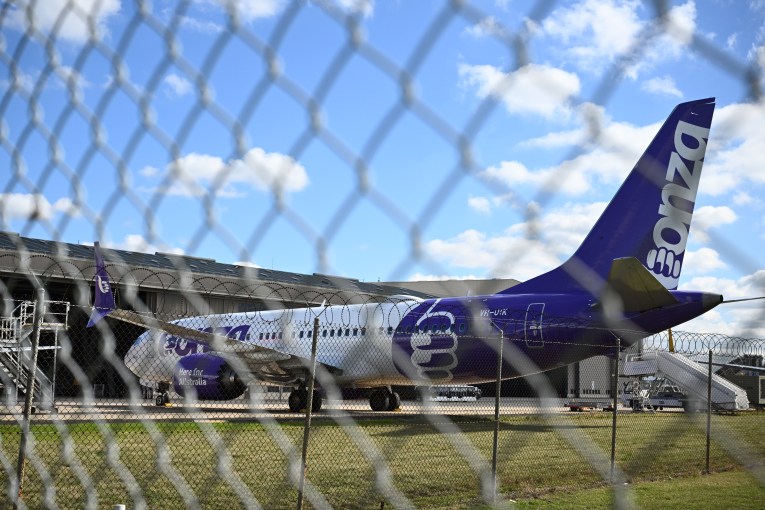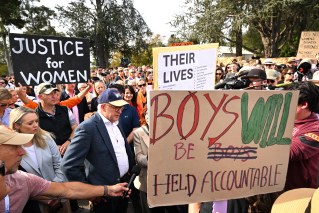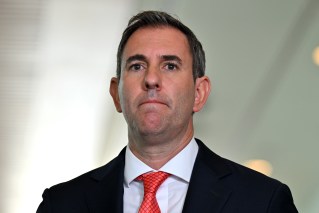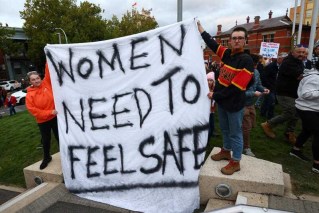New migrants face five-year ban from big cities

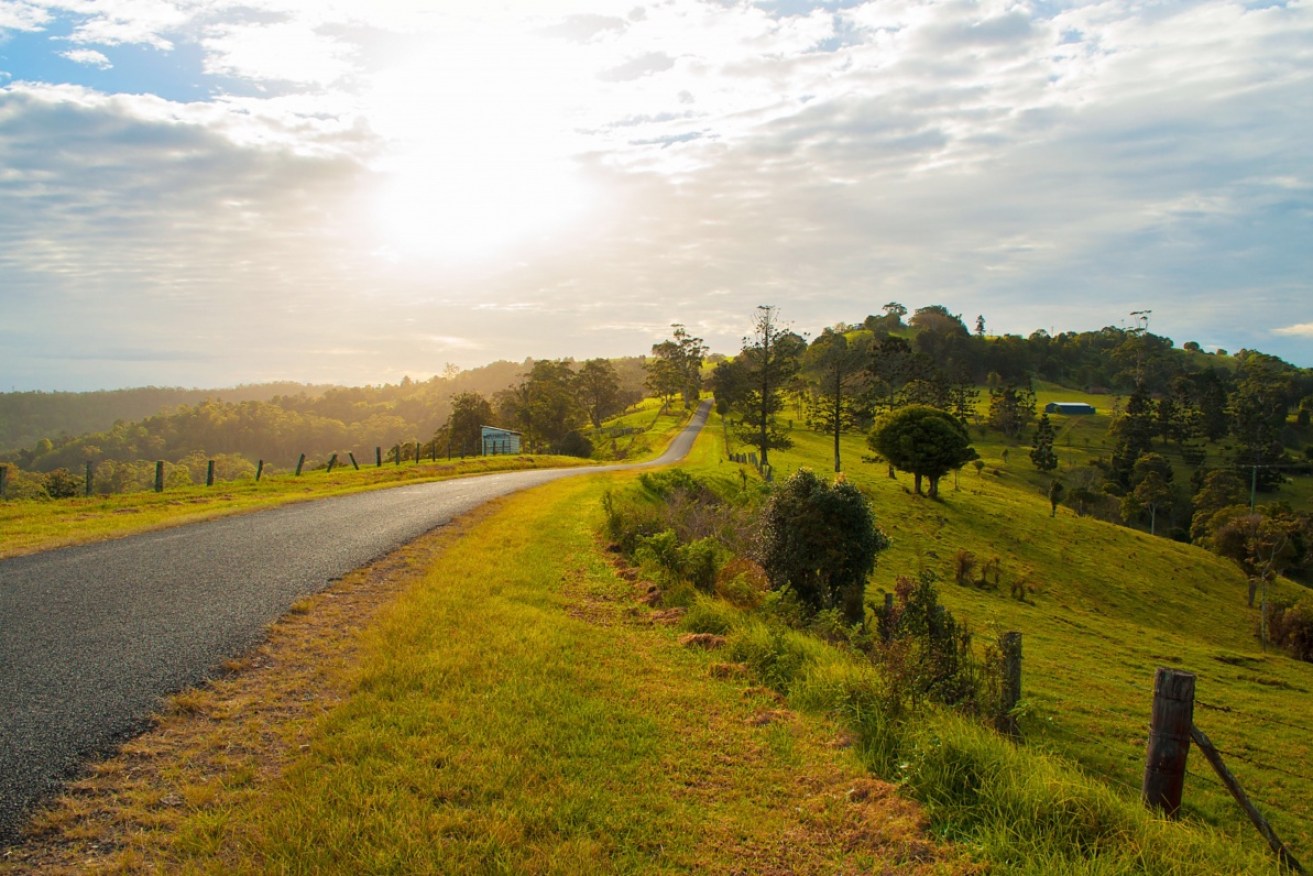
Migrants would be forced to move to regional Australia under a new proposal. Photo: Getty
Migrants will be forced to live outside Sydney, Melbourne and south-east Queensland for up to five years under a federal government plan to ease congestion in the nation’s most populous cities.
Population Minister Alan Tudge unveiled the plan in a speech to the Menzies Research Centre in Melbourne on Tuesday.
He has been investigating ways to take pressure off over-stretched roads and rail infrastructure by forcing new arrivals into smaller regions and towns.
Overseas migration accounts for 60 per cent of Australia’s population growth. Nearly 90 per cent of skilled workers gravitate to Sydney and Melbourne, as does almost all of the humanitarian intake.
Mr Tudge wants to correct the “imbalance” by expanding the mix of geographical visa conditions and incentives imposed on new arrivals.
“We are working on measures to have more new arrivals go to the smaller states and regions and require them to be there for at least a few years,” he said.
“In that time, the evidence suggests that many will make it their home for the long term.”

Alan Tudge wants to force new migrants to live outside Australia’s most populated areas for at least five years. Photo: AAP
Details of exactly how the requirements would be enforced remain vague, but there is some talk of pursuing a points-based incentive system.
The restrictions would apply only to about 45 per cent of new migrants, because 25 per cent are sponsored by specific employers and another 30 per cent are tied to family reunions.
Mr Tudge also plans to pursue better roads and transport connections, including fast rail, to ease the peak hour crush on highways and public transport in the major cities.
As well, Canberra will work with the states to implement new infrastructure planning and population controls to claw back some of the $25 billion a year in lost economic activity due to city congestion.
But Labor’s employment spokesman Brendan O’Connor dismissed the plan on Tuesday.
“Clearly, the idea that you just move people around out of capital cities – particularly when there are not job opportunities in those regions – is not a sufficient plan to ease congestion in our cities,” he said.
“We need a much more considered approach to easing infrastructure pressures.”
Mr O’Connor called for an independent panel to investigate labour shortages in the regions and to assess the impact of temporary foreign workers on Australian job hunters.
Former Border Force chief Roman Quaedvlieg questioned how the plan would be enforced.
“Imposition of the visa condition is the easy part. Enforcement will be harder,” he said on Twitter.
“Migrants will gravitate to opportunities and amenities in cities. It’s not possible to police the condition without substantial resources, both identifying breaches & sanctioning them.”
Ben Oquist from the Australia Institute said congestion issues in the nation’s biggest cities and the proposed solution pointed to successive governments failing to invest in infrastructure.
Mr Oquist said it was one thing to encourage migrants to live in regional areas, but quite another to restrict their movement.
“I think that is a big worry to suggest some people are not going to be able to seek a better job in a bigger city,” he said.
– with AAP
